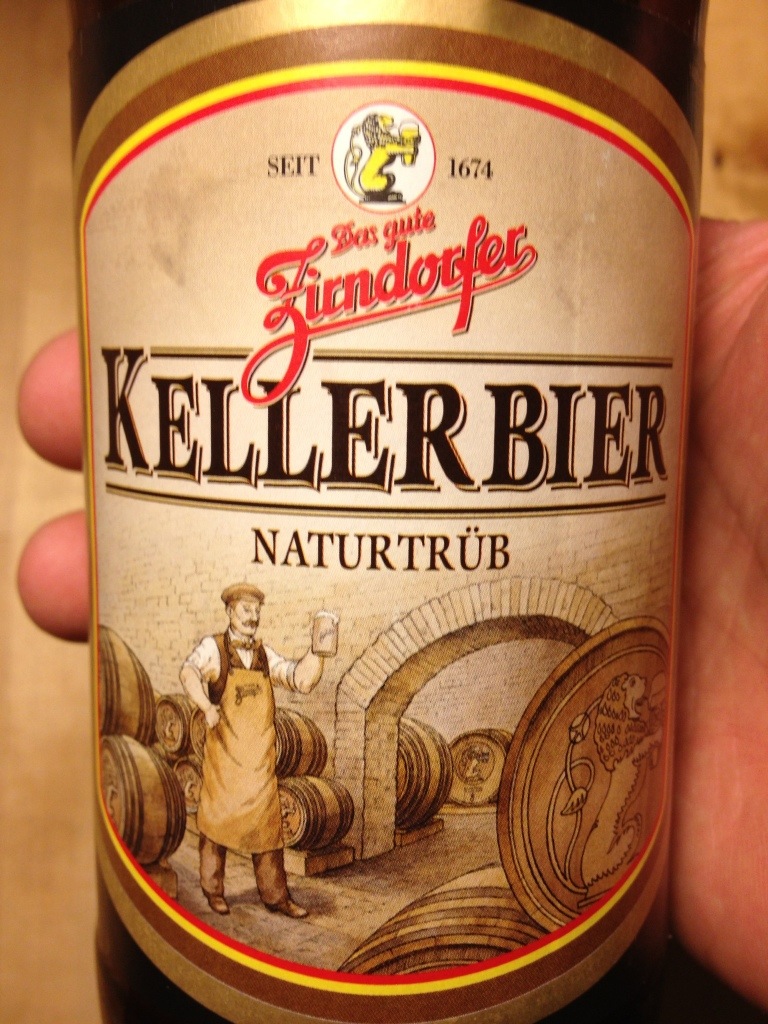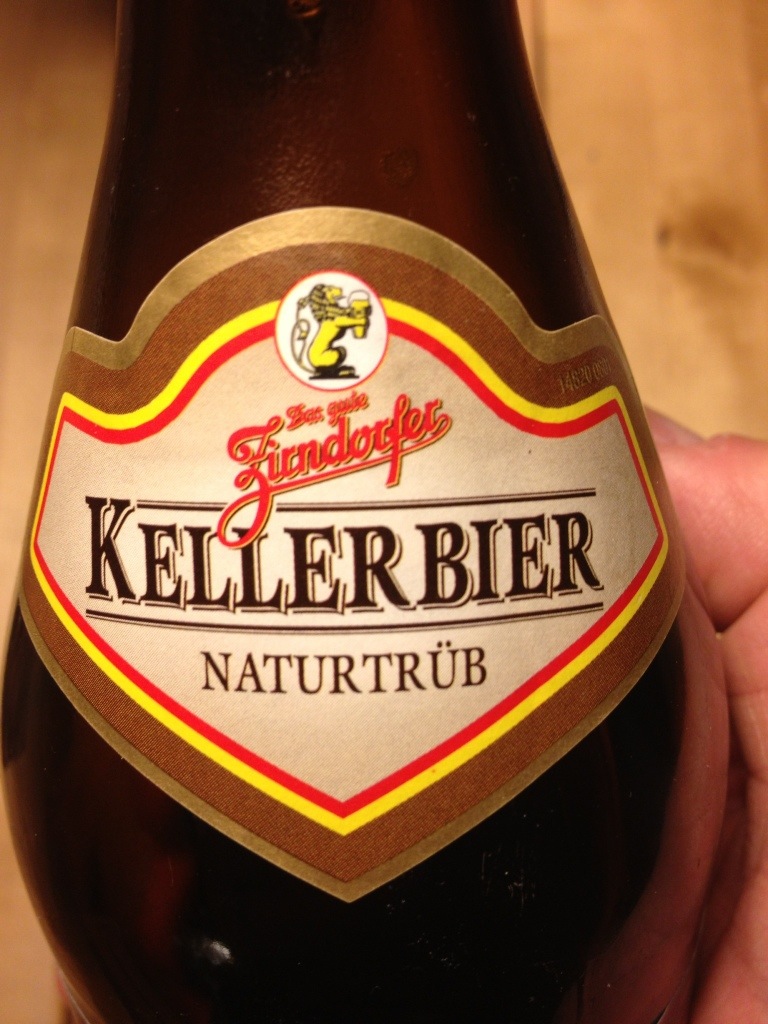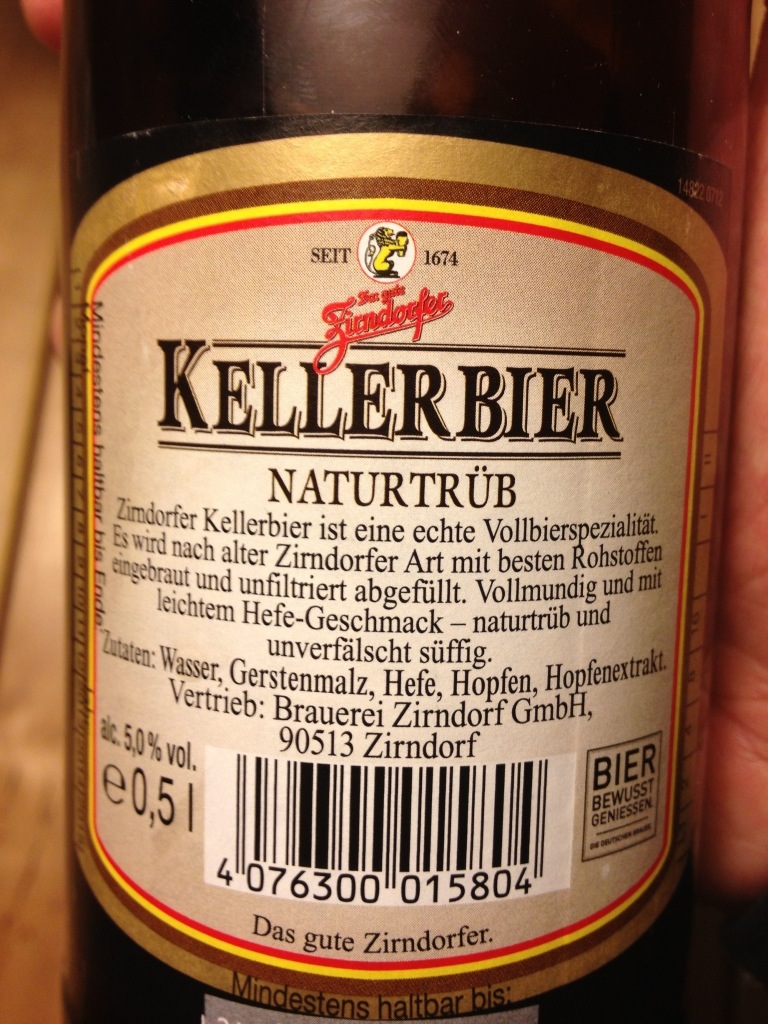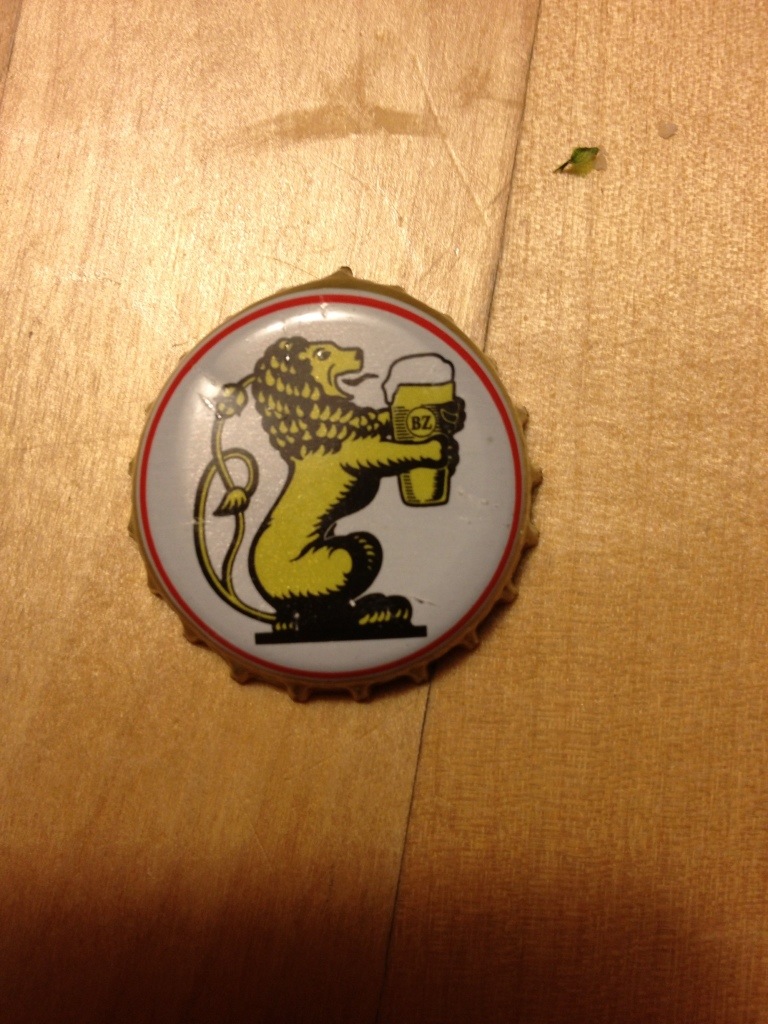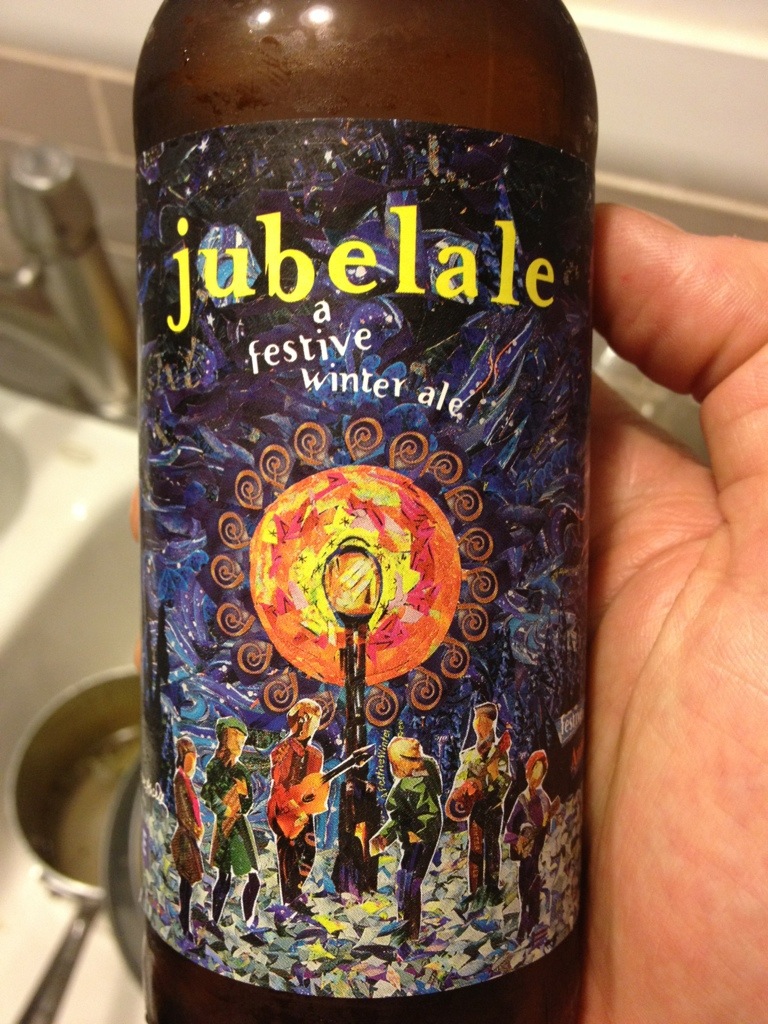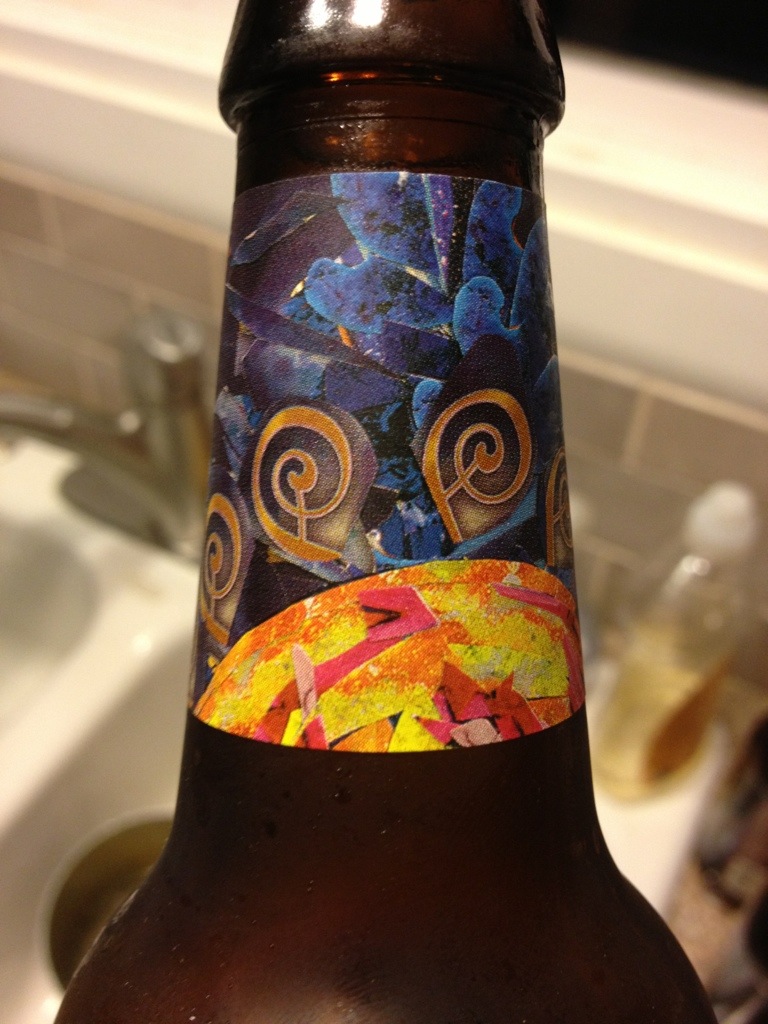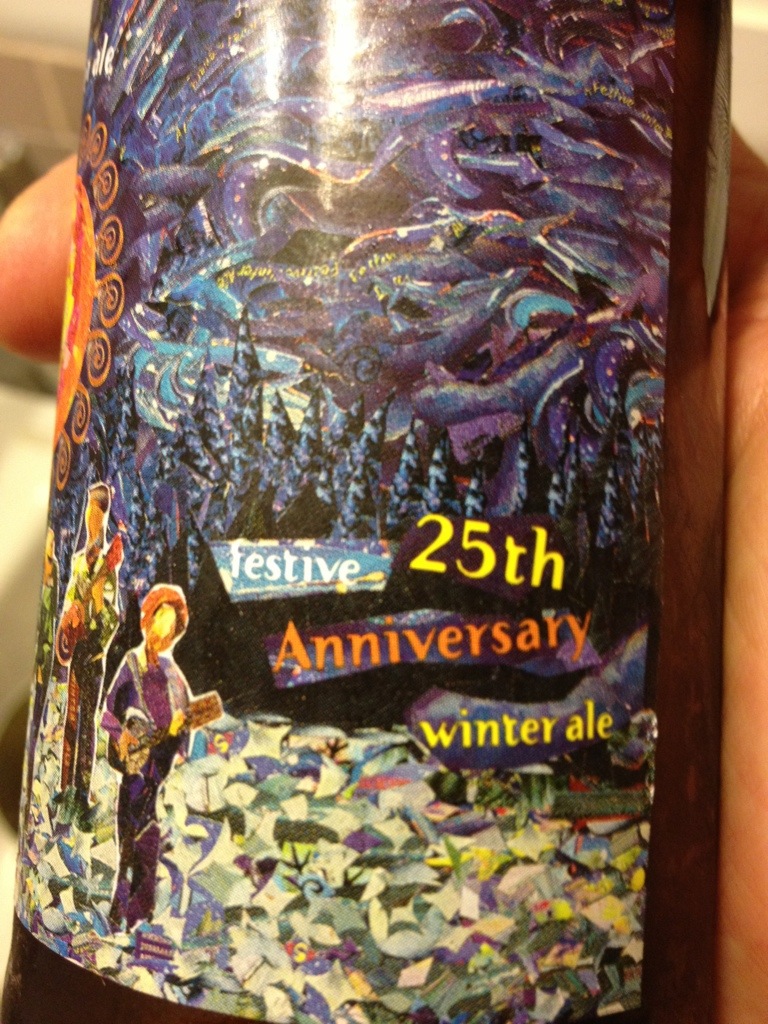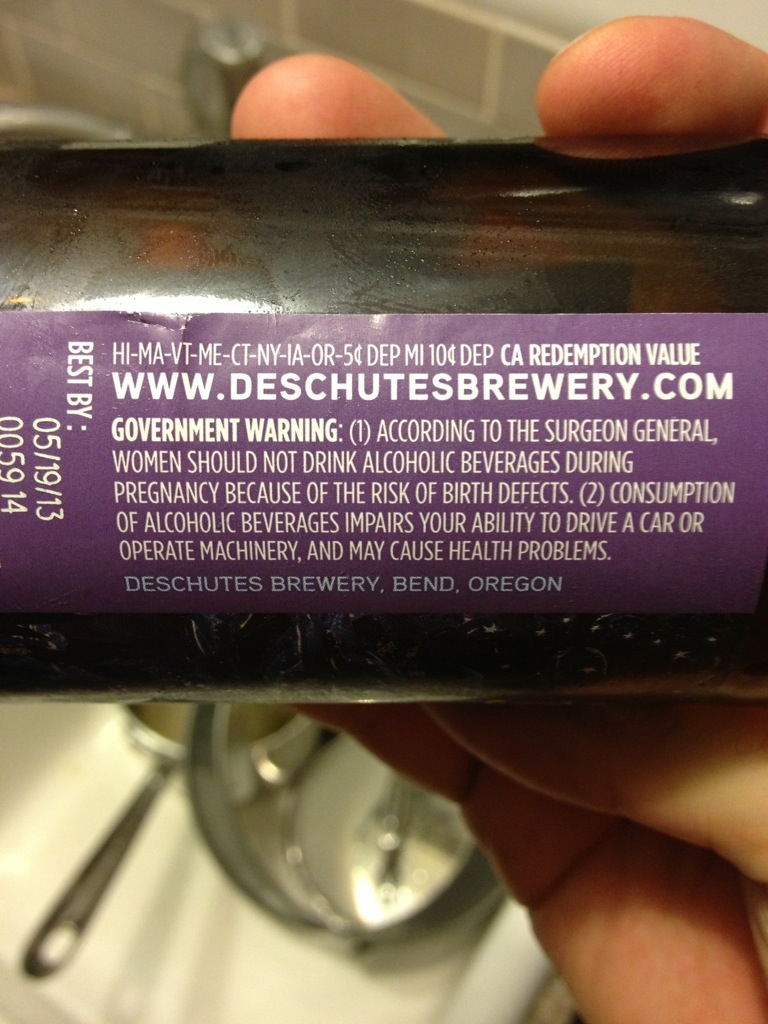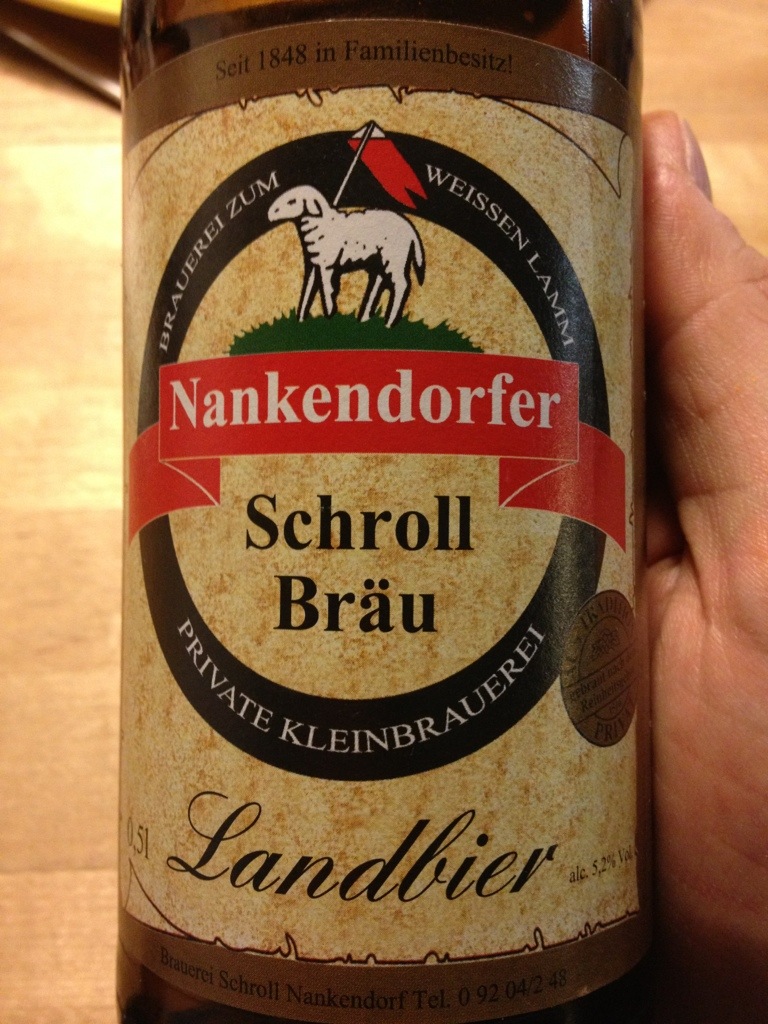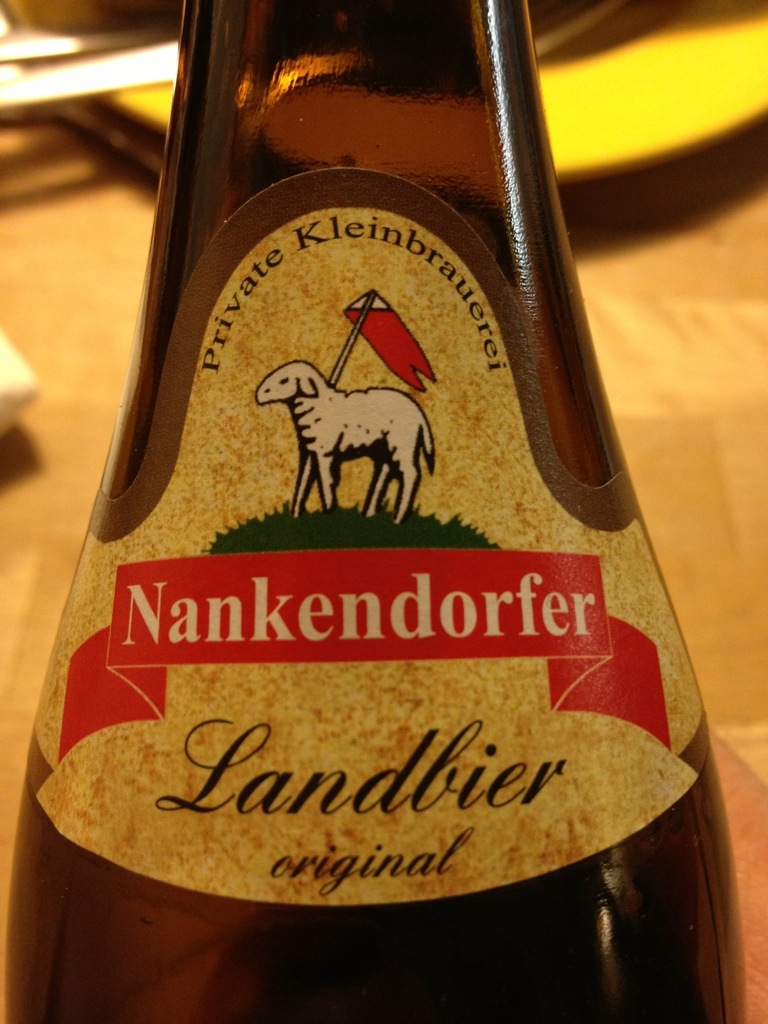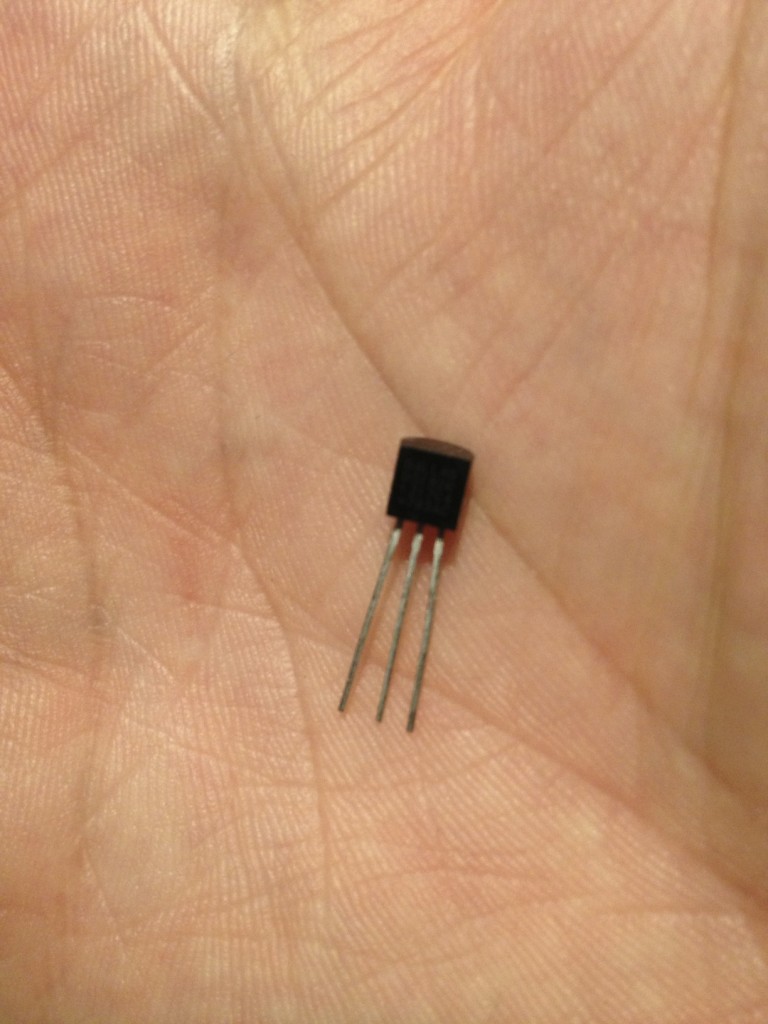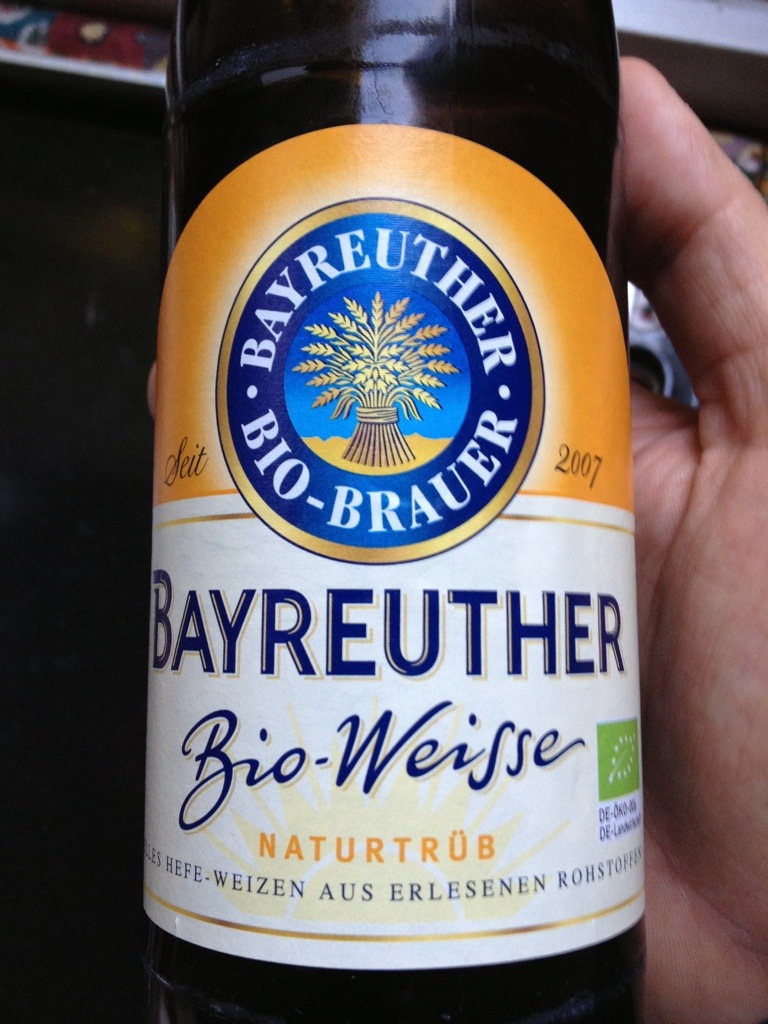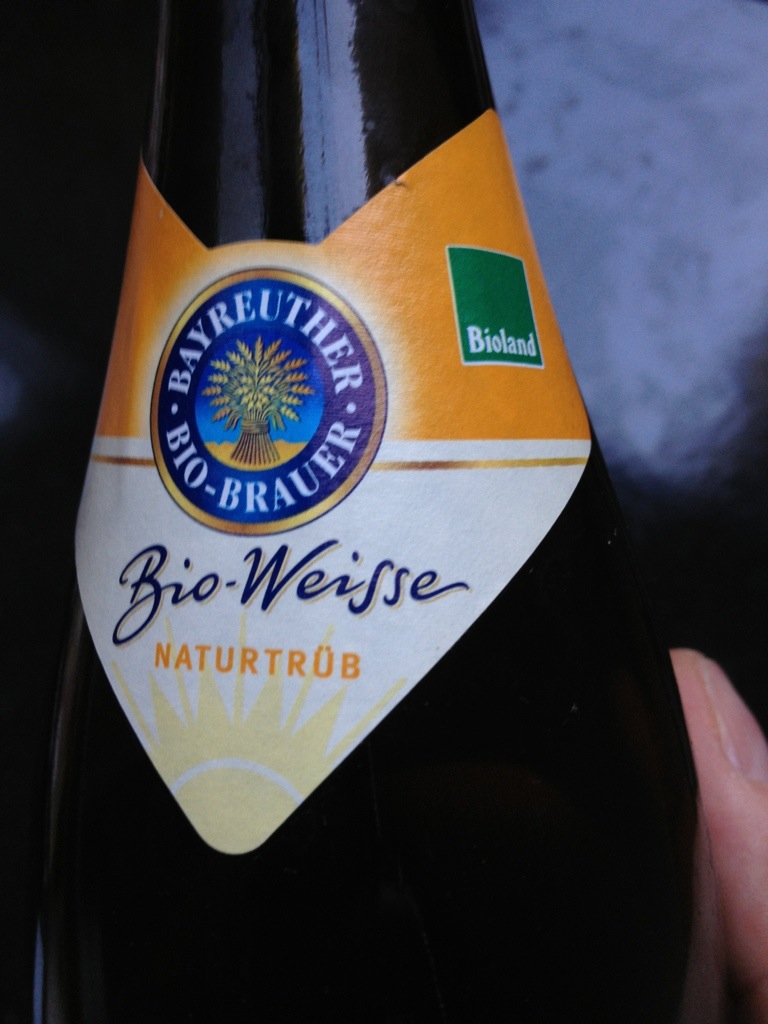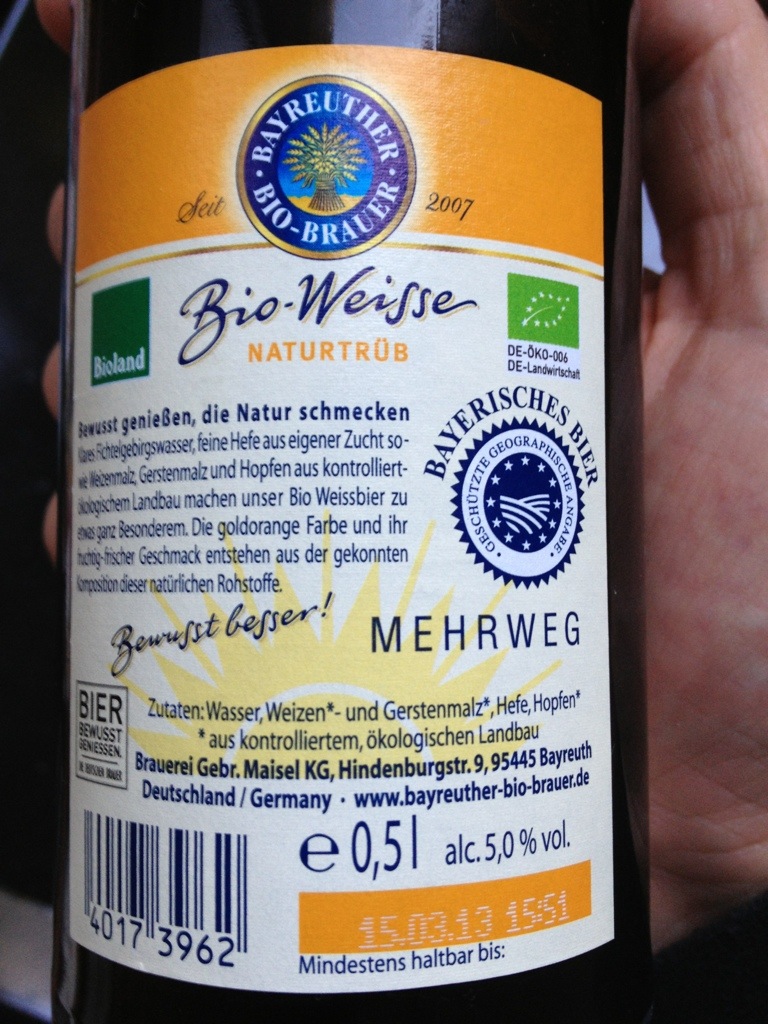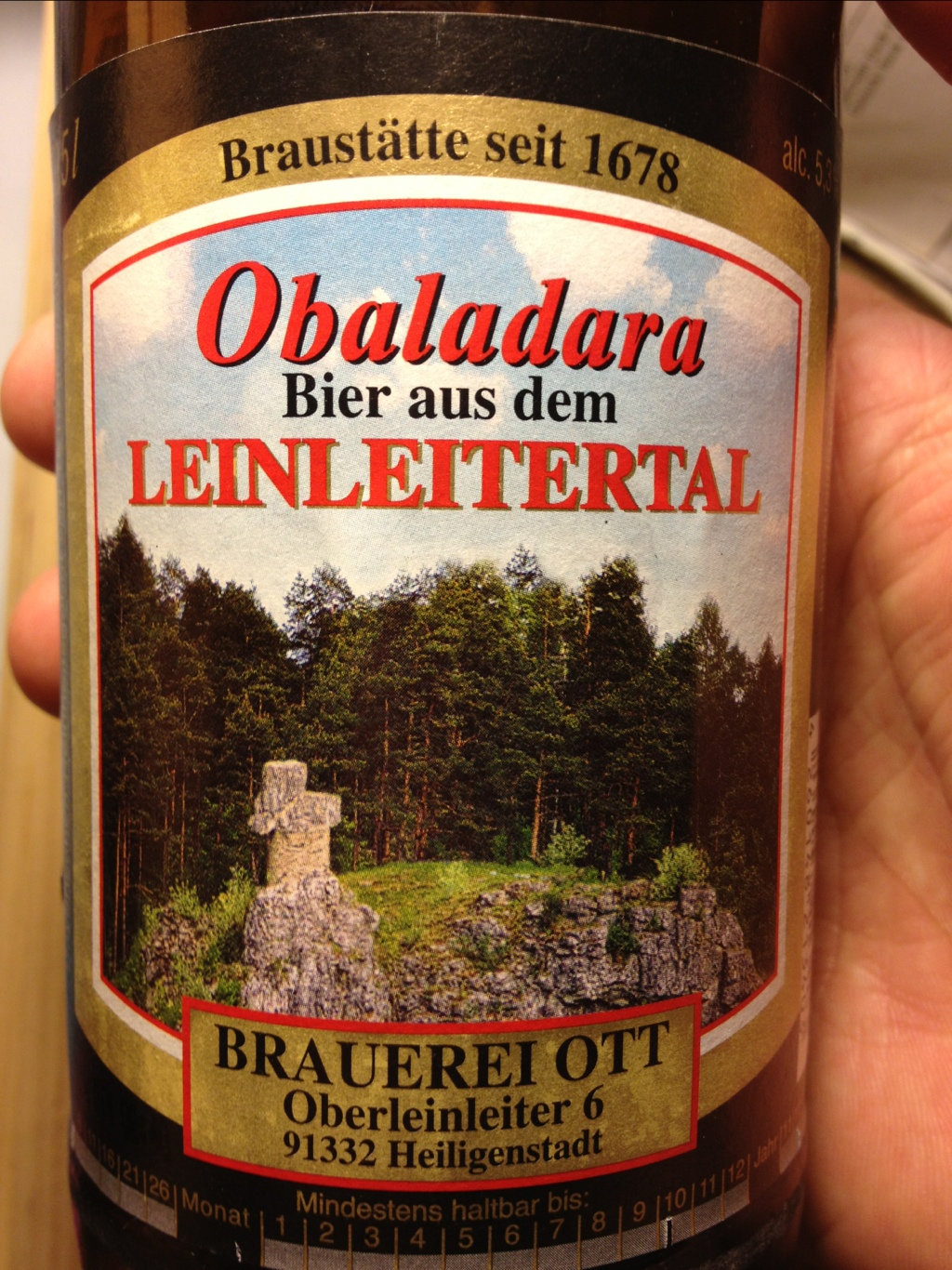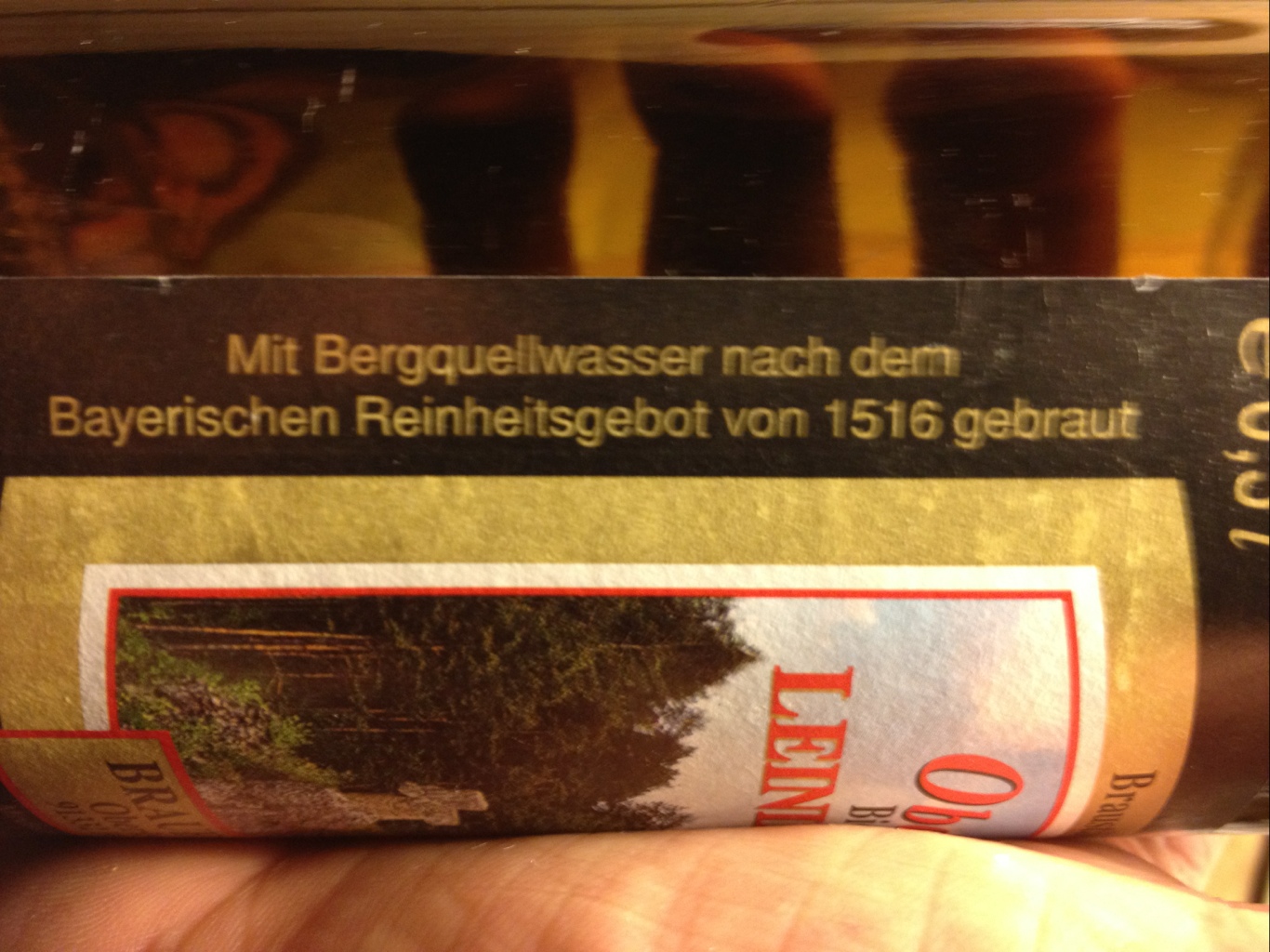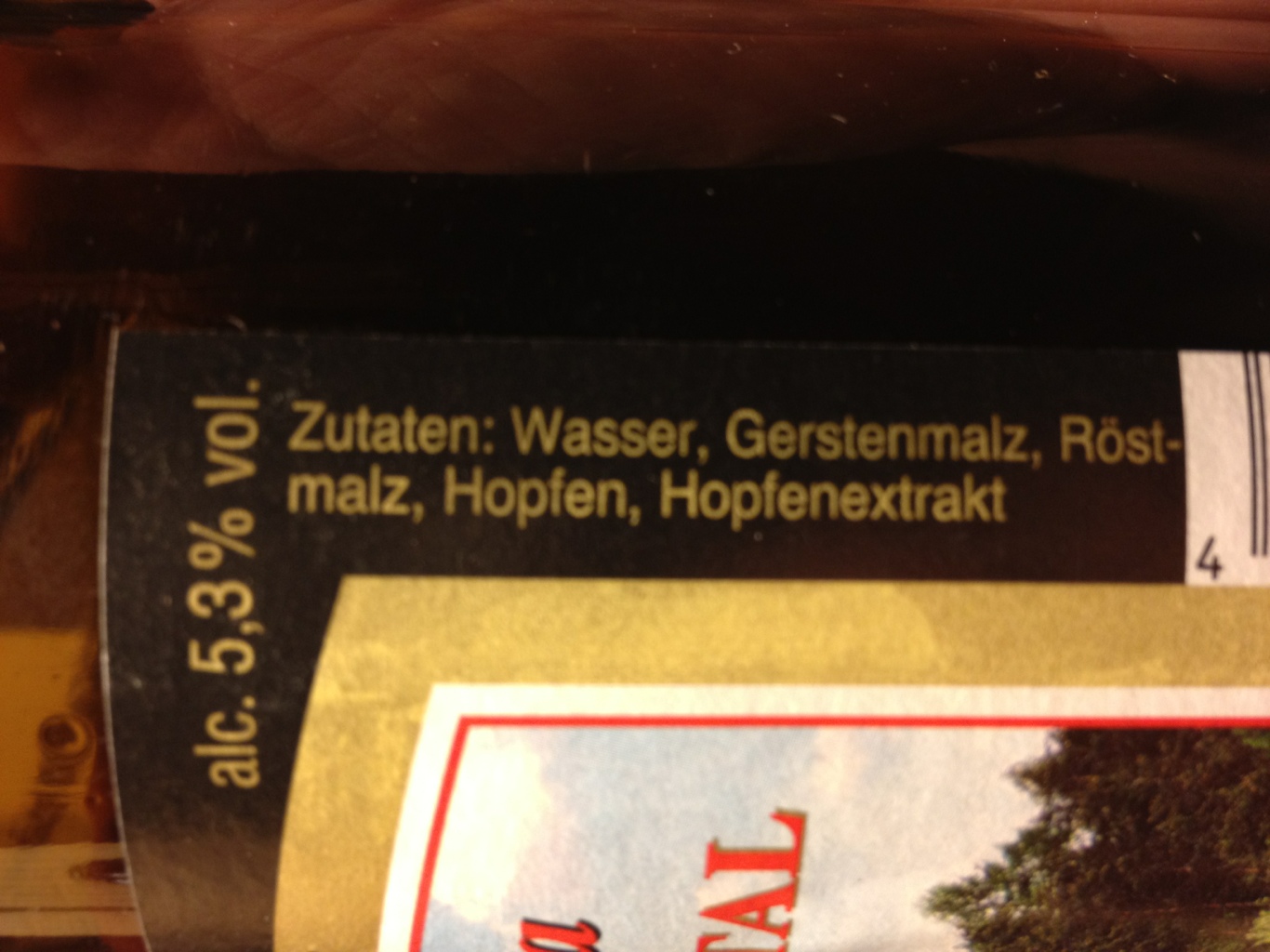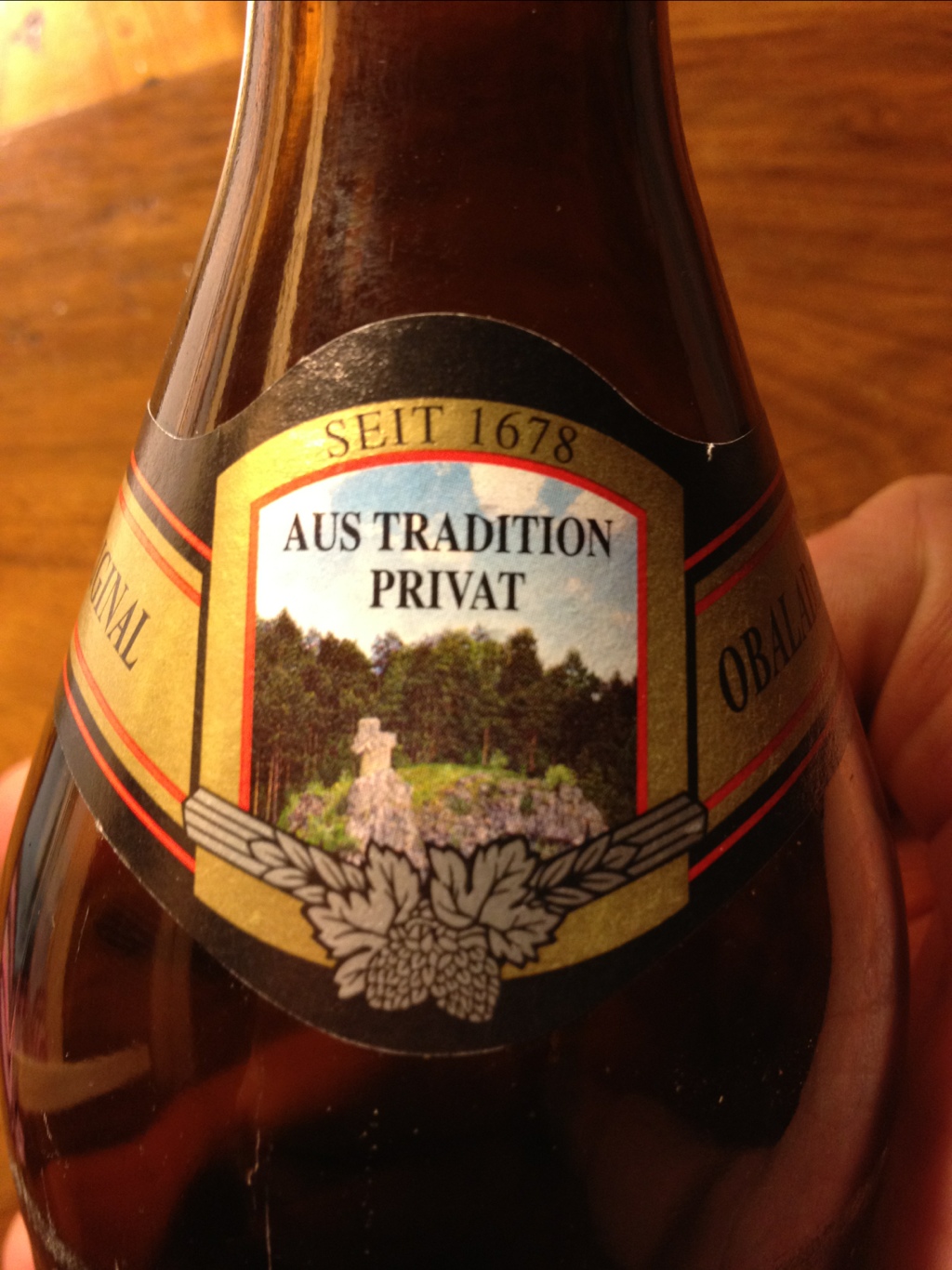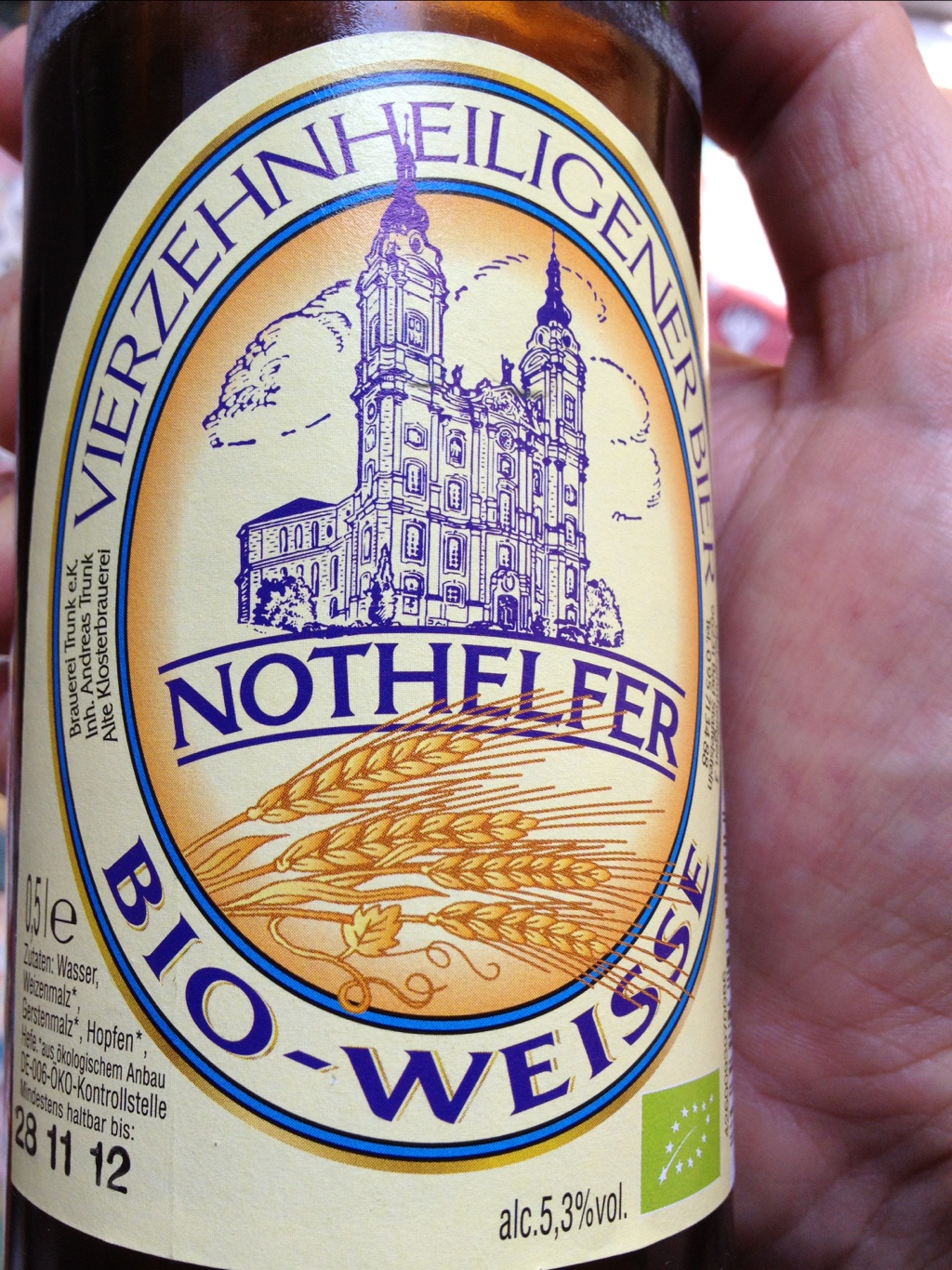Kategorie: Allgemein
Deschutes Brewery – Jubelale
Widmer Hefeweizen
Dass sich meine und Portlands Vorstellung von Hefeweizen nicht 100%ig decken hätte ich mir eigentlich denken können. Lecker ist das Widmer trotzdem, aber halt unerwartet herb, dafür recht intensiv im Geschmack.
(Kein Bild, weil vom Fass)
Fusion Drive – works for me
Just days before Apple presented the Fusion Drive macs I got a brand new SSD and a hardwrk adapter kit so I was *really* interested if I can use the Fusion Drive technology in an older mac.
Turned out: Yes. So I installed a fresh 10.8.2 on an SD-card and did the magic diskutil commands in the terminal to fuse the 240GB SSD and the 500GB HD.
It is basically two steps in the Terminal:
1. Build a logical volume group from the two drives:
diskutil coreStorage create <lvgName> <disk0> <disk1>
2. create a volume on the LVG (the 111…555 must be the UID of your logical volume group):
diskutil coreStorage createVolume 11111111-2222-3333-4444-555555555555 jhfs+ <lvName>
Now mine looks like this:
Note: You can’t open a terminal from a rescue partition so you need a fully installed 10.8.2 on an unaffected drive.
I installed OS X on that, restored the backup from my trusty FreeBSD server with ZFS and netatalk and now everything is up and running (fast).
Nankendorfer Schroll Bräu – Landbier original
Auch wenn sich der Hersteller dieses Bieres nicht so recht entscheiden kann ob er nun Nankendorfer Schroll Bräu oder Brauerei zum weissen (!) Lamm heißen will legt er offenbar viel Wert auf den Hinweis, dass es sich um eine Privatbrauerei handelt. Dafür steht wieder nicht auf der Flasche, dass es ein dunkles Bier ist, muss man halt wissen. Wenn man von dieser Kasperei absieht, bietet sich ein gutes dunkles und dunkelmalziges Bier, das überraschend herb ist und weniger süffig als aus den Frankenlanden gewohnt.
;
Beer PID
Note: to the benefit of my mostly German-speaking readers I have translated all the brewing-related words to German (de: …)
Let’s brew us some beer!
I ordered some home brewing equipment from Hopfen und mehr (German only, sorry) a few weeks ago.
A lot of discussion goes on about how exact the temperatures of the enzymatic rests (de: enzymatische Rasten) during mash need to be. I didn’t want to take chances and so I build my own PID-controller. Originally I wanted to use an osPID but my osPID is still in transit from Malaysia (I hope) so I grew impatient and built one myself with an Arduino.
Temperature
I had achieved some good results in the past with the OneWire temperature sensor DS18S20 so it was a natural choice. These transistor-sized devices are incredibly easy to use via their OneWire interface. As a bonus OneWire is a bus so you can connect several sensors to the same pin! On top of that there are two handy Arduino libraries ready to use in your own project one for OneWire in general and one for the temperature sensor.
For practical use I put the DS18S20 into an aluminium tube and crimped it shut with a pair of pliers. This went surprisingly well. It stayed dry or at least dry enough so that it kept working immersed in mash (de: Maische) and later wort (de: Würze) for hours. This is an advantage of the DS18S20 I forgot to mention: Preliminary tests showed that it works correctly or not at all. No false measurements.
Solid State Relais
Somehow you have to switch the heating coil of the mash tun (de: Würzepfanne) so I decided on a solid-state relais. These live very long, switch their load when the current is zero and only need a pull-up resistor on the driving side. I chose a Carlo Cavazzi RM1A23D25 but you can use any SSR that fits, you should use a zero current switching one though. Also make sure you fix it onto something that takes away the heat the SSR generates. In my case I drive a WECK WAT 24 A which consumes 1800W electrical power. I bolted the SSR onto the bottom plate of the aluminium case with some thermal grease in between. Though the SSR had to switch this amount of load the case only got slightly warm.
On the back side I added a mains socket which happened to be available. This way the switched device can simply be plugged in:
Front panel
To display the temperature I use the 7-segment display with serial interface that you can get from Sparkfun. (Note to German readers: You can order most of what sparkfun sells from Watterott at reasonable prices). I would have liked to use an alphanumberic LCD display. But that is beyond of what I can easily fit into a useful housing without ruining my hands, tools or the housing. Hardware vendors listen: We need more easy-to-use cases for our self-made electronics!
Software
Update: several people have mentioned BrewPI on twitter. Give me a couple of days to look into it, Thanks
Bayreuther Bio-Brauer – Bayreuther Bio-Weisse
Obaladara – Bier aus dem Leinleitertal
Dunkel, Malzig, gutes Bier für den Durst zwischendurch, aber irgendwie fehlt ein wenig etwas, halt nicht Spitzenklasse, ein bisschen leer in der Mitte. Vielleicht liegt’s an den Hopfenextrakten, wer weiß? Irgendwie hat mich noch kein Bier, das mit Hopfenextrakten gebraut wurde vollständig überzeugt.
Ich finde außerdem, dass ein Bier, das Hopfenextrakte enthält, sich nicht Reinheitsgebot draufscheiben sollte. Aber das ist vielleicht nur so eine Marotte von mir.
Nichtsdestotrotz kann man im Biergarten gut zu diesem Bier greifen und ich würde jederzeit im Leinleitnertal bei Brauerei Ott einen Zwischenhalt einlegen.
Vierzehnheiliger Bier – Nothelfer Bio Weisse
Alltäglich ist der Name dieses Bieres den sich die Brauerei Trunk e.K. da ausgedacht hat wahrlich nicht, aber die an sich geschmacklich breit aufgestellte fruchtige Weiße hat für meinen Geschmack zuviel Säure. Das bis jetzt das schwächste Bier aus dem fränkischen Mischkasten wird seinem aufgeblasenen Namen nicht gerecht, aber es ist immer noch deutlich besser, als alles für das im Fernsehen geworben wird.
[Update] (Mountain) Lion Keychain erstellt kaputte Passworte
Ich habe ’ne Weile Zeit verbracht, ein merkwürdiges Phänomen mit Passworten bei Webmail und Mailclients zu debuggen, bis ich draufgekommen bin was schief läuft:
Der Mountain Lion Keychain Passwortgenerator ist kaputt für deutsche Passworte.
Was schief läuft sieht man hier:
Eigentlich müsste das Passwort „pöbel1{highstem“ heißen, aber statt einem Ö werden zwei nicht angezeigte Zeichen erstellt! Wie sagt man so schön: Scheià Encoding!
P.S.: ein Bug ist bei Apple eingereicht unter der Bug ID# 11955599.
[Update] Ich dachte das wäre ein neues Problem von Mountain Lion (OS X 10.8) aber Lion (10.7) hat das gleiche Problem. Wenn ich mal Zeit habe oder eh gerade Snow Leopard booten muss, werde ich es auch da testen, aber ich bin ja ausgesprochen pessimistisch.
